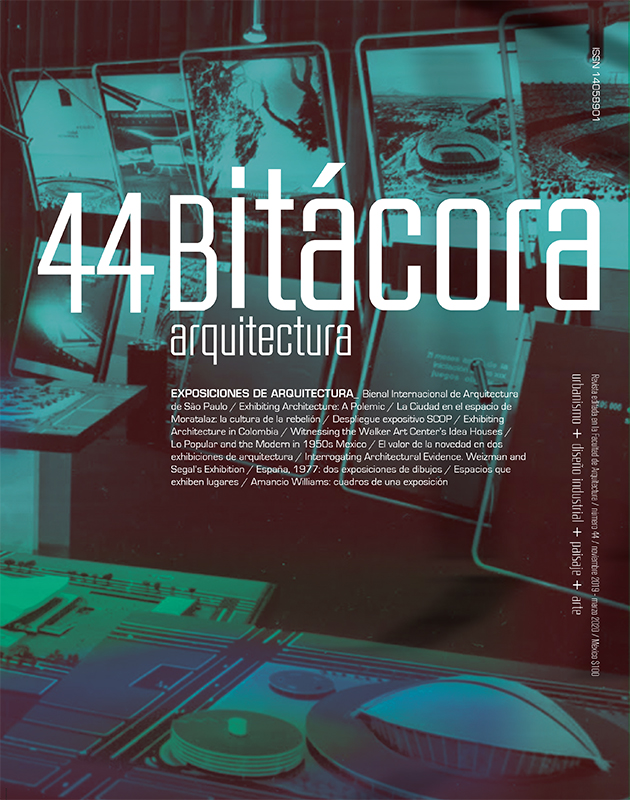Architecture has become an object to be exhibited. Since the beginning of this century, it has definitively found a place for itself in art museums, galleries and biennales. Nevertheless, this transformation of architecture and its connection to exhibition spaces is not new – it has a long history, one with ties to the practice and teaching of the discipline. In the early decades of the twentieth century, we can see it begin to be incorporated into the illuminated galleries of art museums, their walls painted a homogenous white; these decisive spaces would construct the dominant aesthetics and ethics of exhibitions, which modify and directly act upon that which they exhibit.
If architecture has fully become a part of the museum, it is worth asking if it finds itself comfortable there. When organizing an architectural exhibition, an obstacle immediately arises: how does one exhibit buildings inside another building, how does one shrink architecture down to fit in a gallery? To resolve this paradox, one cannot avoid using other media, which, in turn, have their own characteristics and disciplinary, technical and social regimes, as well as their own history of how they became art objects.
The study of architectural exhibitions is just beginning. In these early readings, it’s easy to identify a gaze that simplifies everything and gives continuity to center-periphery models. It is therefore an essential undertaking to conduct historical studies on Latin American exhibitions within the region itself and with a gaze that analyzes each case in depth so as to observe cultural policies that act within and transcend national borders. It is necessary to avoid repeating clichés, such as the one that insists that MoMA’s exhibitions were the only important ones, or that there were no Latin American architectural exhibitions until the Venice Biennale.
DOI: https://doi.org/10.22201/fa.14058901p.2020.44
Published: 2020-10-07

